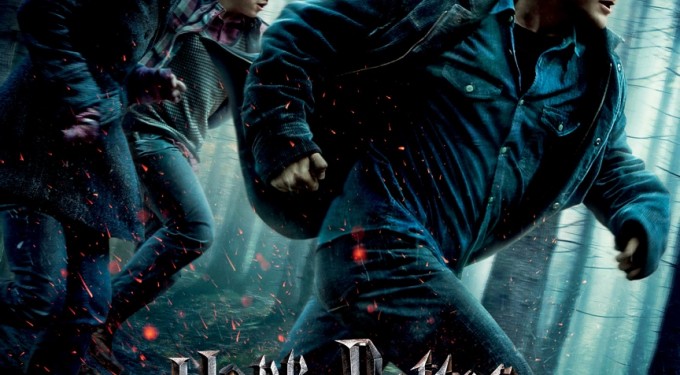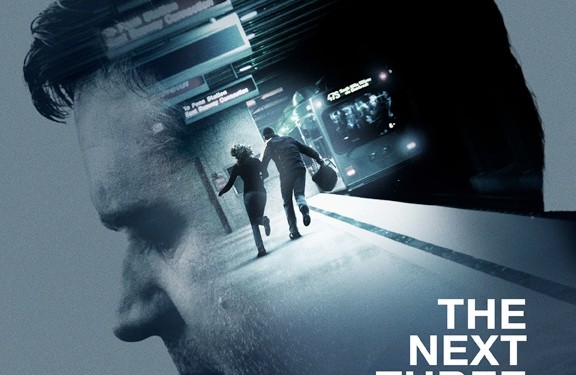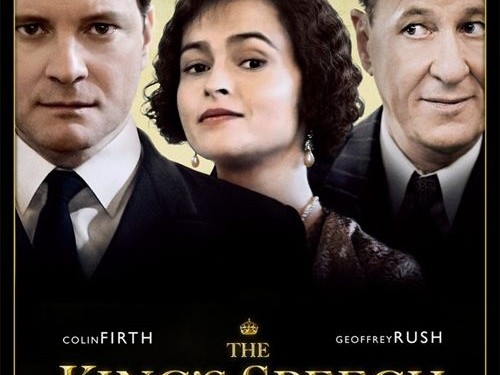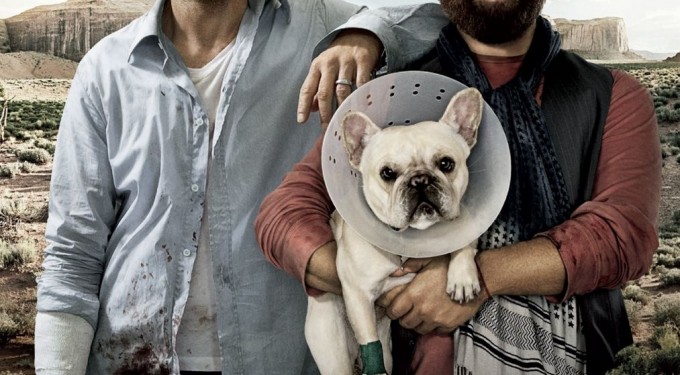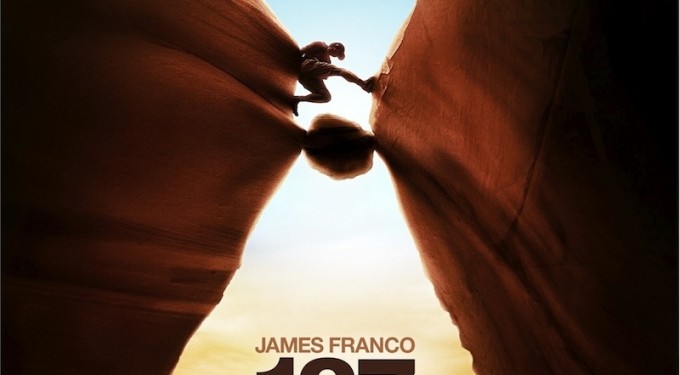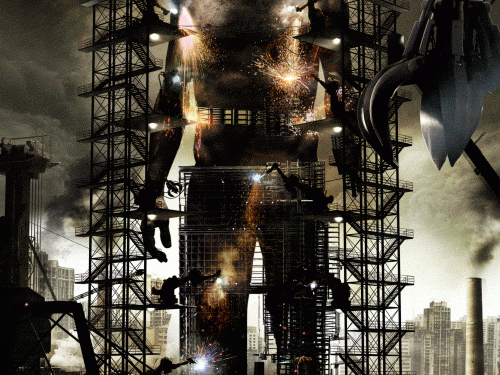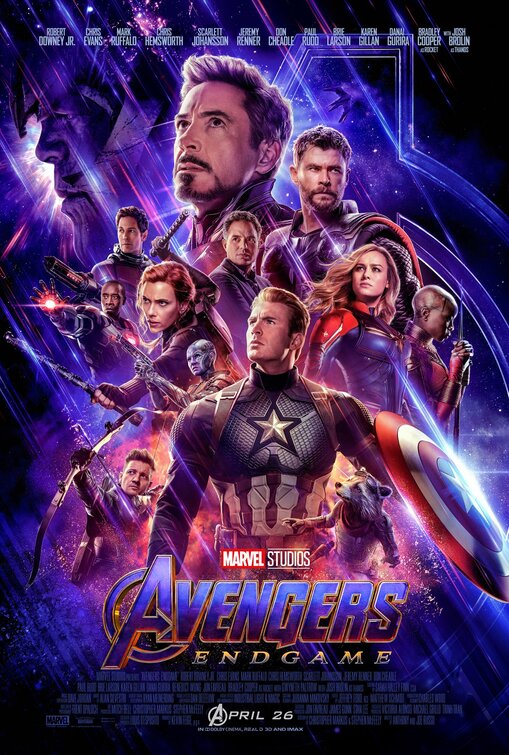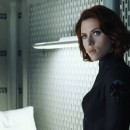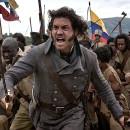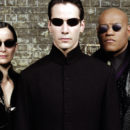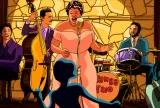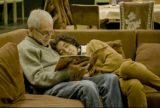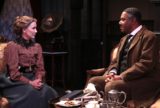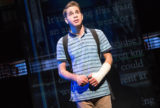Flipped
11.23.2010 | By Karen Posada |
Rated: PG for language and some thematic material.
Release Date: 2010-08-27
Starring: Rob Reiner, Andrew Scheinman
Director(s):
Distributor:
Film Genre:
Country:USA
Official Website: http://flipped-movie.warnerbros.com/
Flipped will take you back to your Junior High School years, to your first crush. One of the nicest things about it is that we get the boy and the girls point of view on different situations and we get to analyze and see how often human interactions are misinterpreted, specially when it comes to the opposite sex. The movie is set in the early 60’s giving it an all American feel to it, this helps it be so innocent which is what makes it so real an relatable. The main characters are so opposite to each other that the contrast is one of the entertaining features of it. It’s a good family film from Junior High School kids to adults.
Our female lead, Juli Baker (Madeline Carroll) is not your regular teenage girl, she’s confident and hardheaded; she’s practically an adult trapped in a girl’s body. Juli falls in love with Bryce Loski (Callan McAuliffe) the second she stares into his dazzling eyes when they are 7 years old and his family moves across the street from her. Bryce is not happy with Juli crushing on him, she doesn’t get the hint and follows him and idolizes him for years, even when he starts going out with her worst enemy. Juli is just like the rest of her family, free spirits; nature and animals are her drives. She falls in love with a sycamore three and she spends endless hours on it starting at the horizon and the beauty of it, she protests when they want to chop it down and she expects Bryce to come to her rescue; when he doesn’t she starts questioning her obsession for him. Juli’s father (Aidan Quinn) is the one that gets her, he advices her on how to perceive people and teaches her kindness by showing her how he supports his brother that is mentally retarded. Juli is grateful to have such a close bond with her family and to see that despite of the fact that they are lower middle class the one thing that matters and she doesn’t lack is love. The Loski’s are completely opposite, Bryce’s father (Anthony Edwards) is always drinking and never has anything positive to say, specially about his neighbors. Bryce looks up to his dad and takes on some of his attitude but does start to question it slowly. Bryce is also influenced by a boy he befriends in school, that talks him into disliking Juli even more. When his grandfather Chet (John Mahoney) comes to live with them he immediately realizes what an amazing girl Juli is and spends more time with her than with his own grandson. This starts changing Bryce’s outlook on the girl he’s ignored and been annoyed by for so long.
The director Rob Reiner decided to bring this touching story to life after it was given to him by his son who was reading it for school.The acting here is sensational, our lead characters are so believable and so real that they take us in all too easily. The setting of the period fits in great and gives it a homey feel to it, along with the beautiful sceneries of the country side. For its proposes having us focused on the main characters is a good tactic, but a little more background on the other characters and the not so jolly reality that they live in the sixties would make the movie more real.
The movie is enjoyable and easy to follow, it has some laughs as well as sad moments. It does teach us good values on how a family should be supportive of one another, that we should stand up for what we believe it and not let anyone step on our dreams or make us question who we are. You will come out reminiscing and with a smile on your face.


